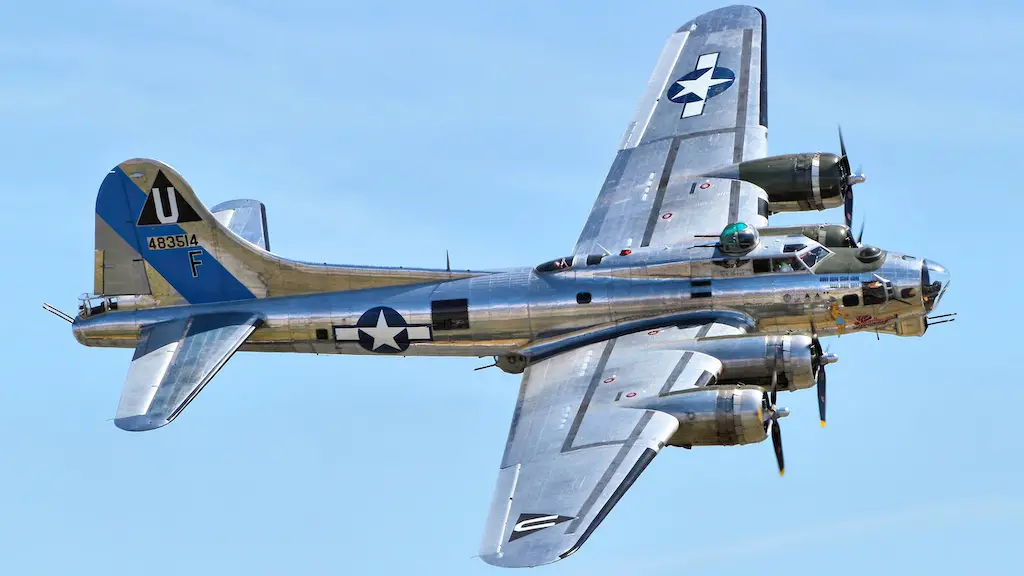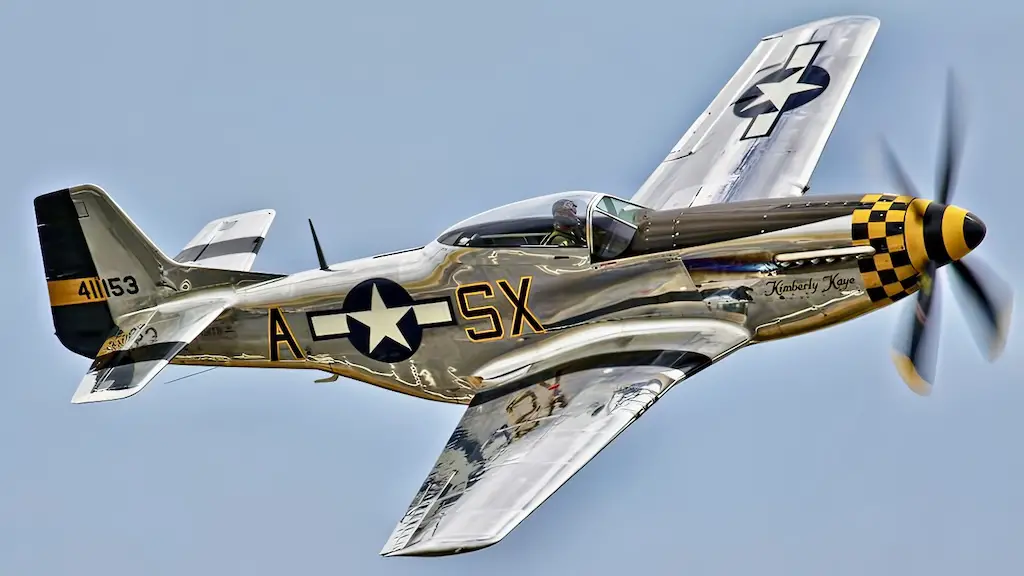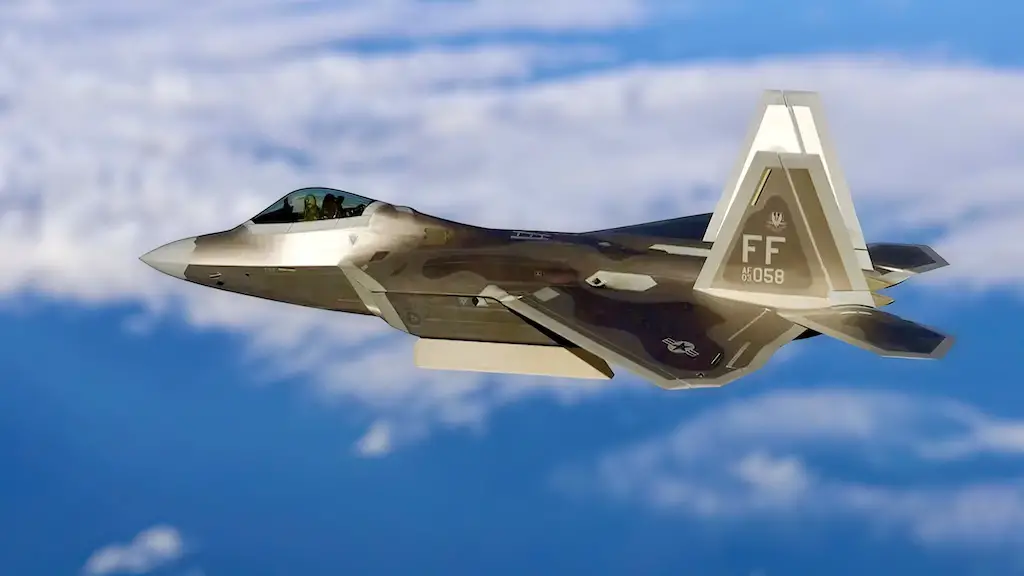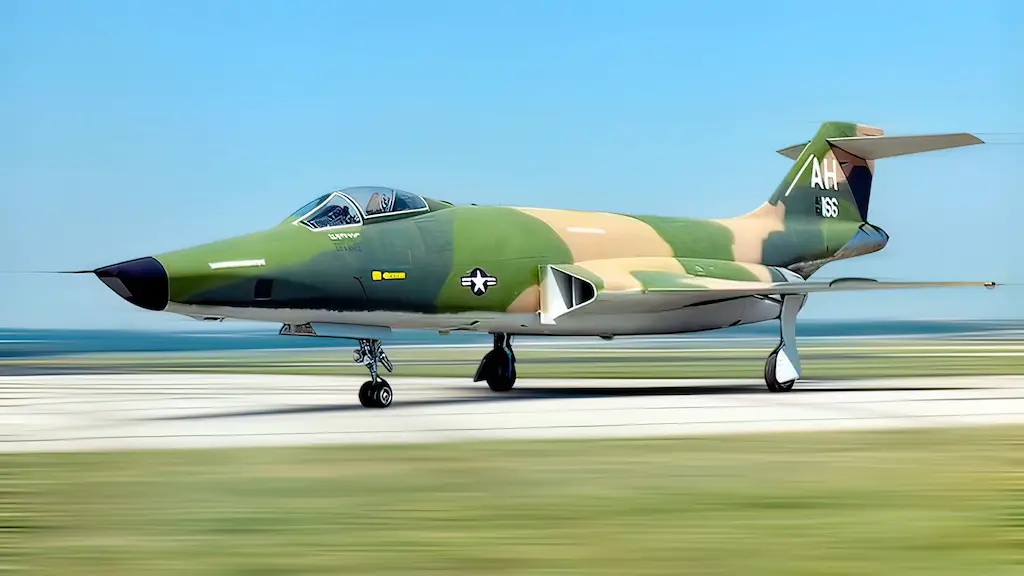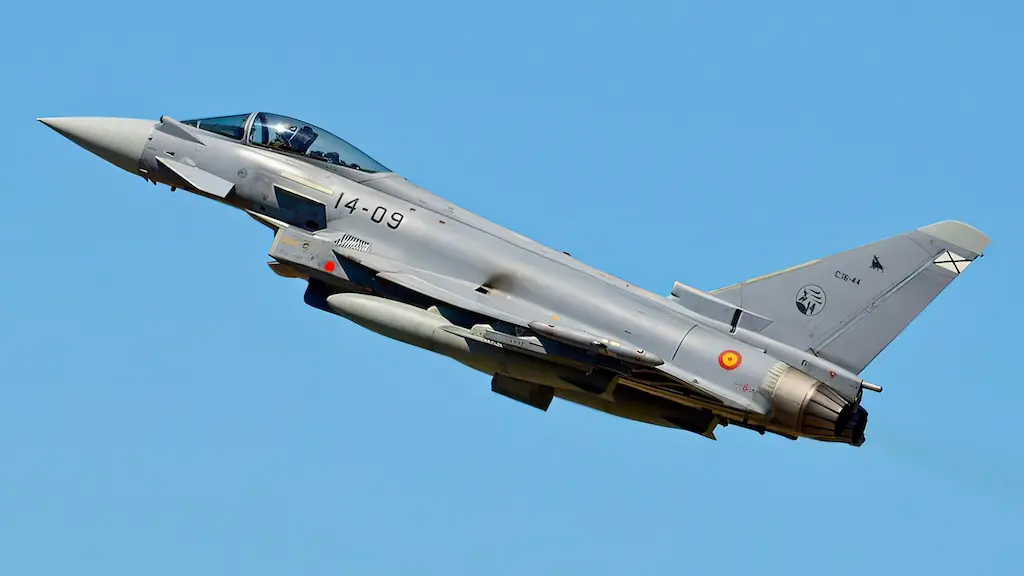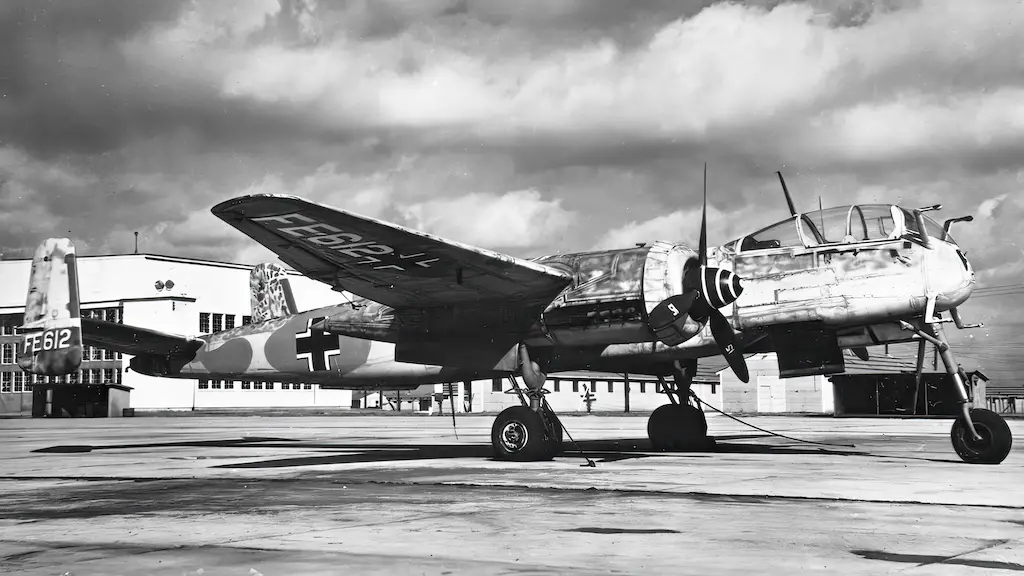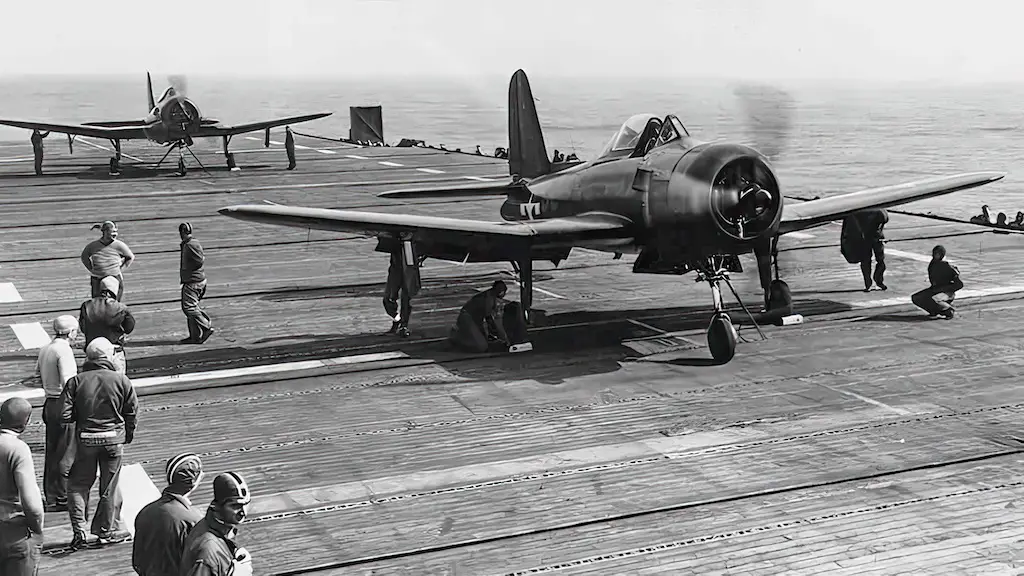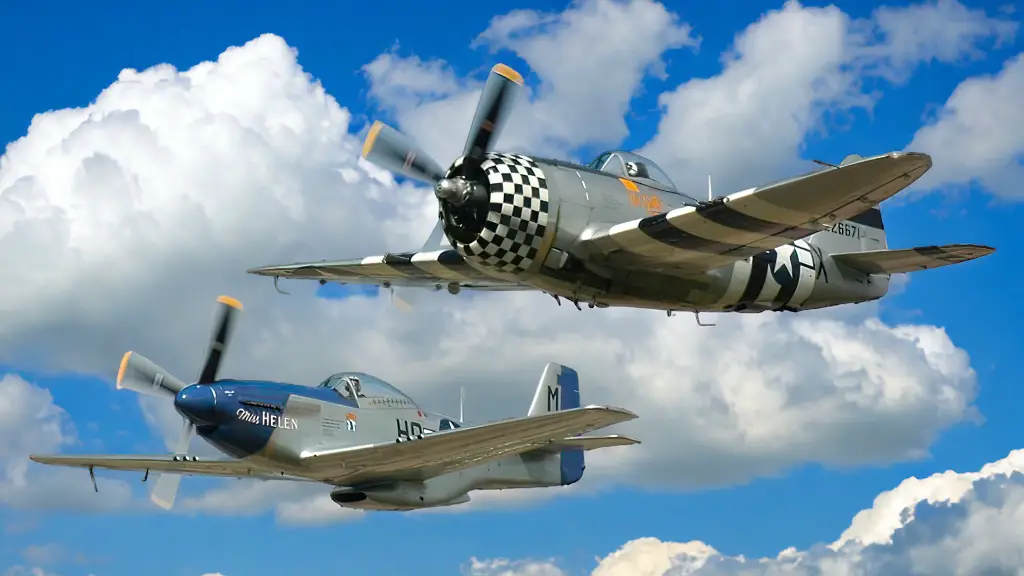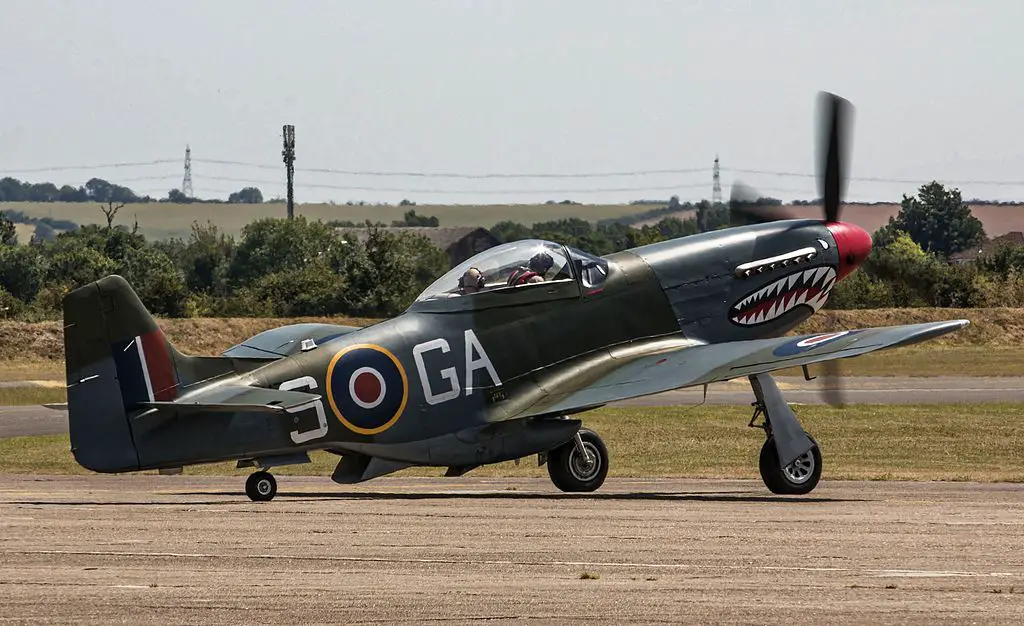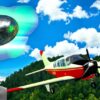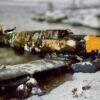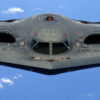A Shift in Camouflage Strategy
During World War II, the United States produced a vast fleet of aircraft, each playing a crucial role in the conflict. While many of these planes bore green or camouflage colors for ground blending, a notable shift occurred as the war progressed. We’ve all seen the iconic silver aircraft, such as the P-51 Mustang, which captured attention with its sleek, metallic finish. This transition marked a strategic evolution in military aviation.
Initially, camouflage served to mask aircraft on the ground, with green and brown hues blending with the earth. In the air, these colors lost their advantage against the sky’s backdrop, prompting a lighter palette for aircraft undersides. However, as the Allies secured air superiority over Britain by late 1943, the threat of ground attacks diminished, questioning the necessity of camouflage. This realization set the stage for a transformative approach to aircraft appearance.
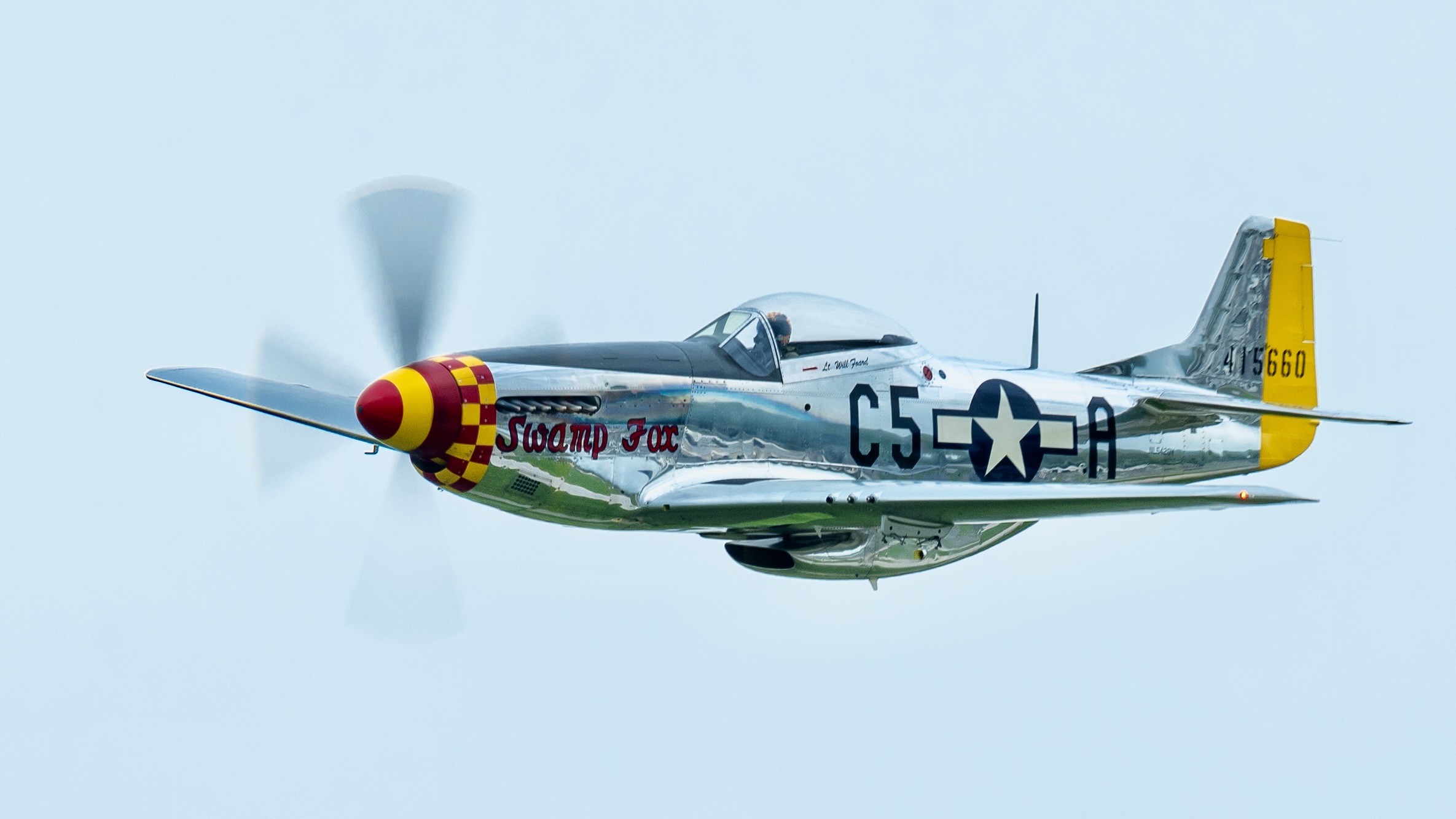
Weight, Speed, and Efficiency
The decision to forego paint was driven by practical considerations. Paint, surprisingly heavy, could add hundreds of pounds to an aircraft’s weight, affecting speed and maneuverability. Unpainted aircraft demonstrated enhanced performance, attributing to reduced drag and weight. Furthermore, eliminating the painting process expedited production, a critical advantage given the war’s demands. By December 1943, official policy reflected this change, advocating for unpainted aircraft to streamline operations and improve combat readiness.
This change heralded a new era of aircraft design, with the first batch of these gleaming planes arriving in Britain in early 1944. Despite concerns from pilots about potential visibility to the enemy, the strategic benefits outweighed the risks. These aircraft, while lacking traditional camouflage, still bore essential insignia and unit markings.
Operational Impact and Maintenance Challenges
The shift to unpainted aircraft wasn’t without its challenges. Maintaining the bare metal required diligent effort to prevent corrosion and wear, especially in the harsh conditions of war. Yet, the benefits, including weight reduction and manufacturing efficiency, were significant. Notably, this approach wasn’t limited to the European theater; it was also adopted in the Pacific, with famous aircraft like the Enola Gay donning the metallic sheen.
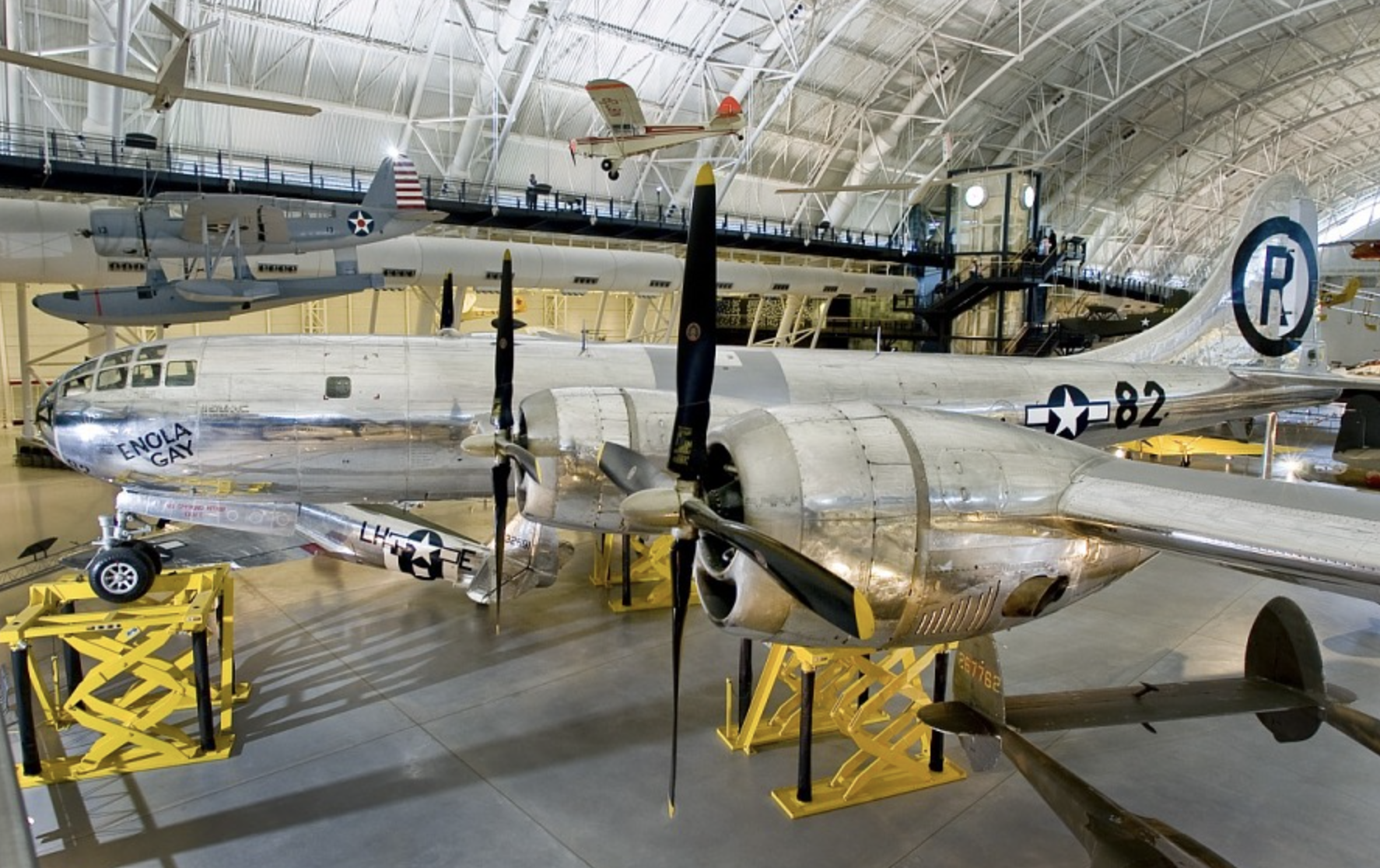
As 1944 progressed, the skies over Europe showcased a mix of painted and silver aircraft, with many bomber groups transitioning to the new finish. The P-51 Mustang, in particular, became a symbol of this era, with units like the Tuskegee Airmen adding distinctive colors to their tails. This blend of tradition and innovation underscored the evolving tactics and technologies of WWII aviation.
While the British experimented with natural metal finishes, they largely retained traditional paint schemes. Nonetheless, the American shift to silver aircraft remains a fascinating chapter in military aviation history.
